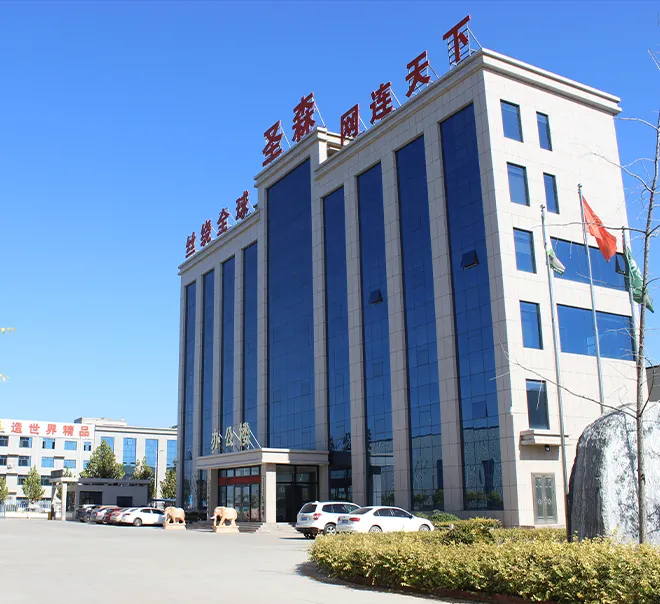-
 Phone:
Phone: -
 Email:
Email:

baling wire
The Versatility of Baling Wire An Integral Tool in Agriculture and Waste Management
Baling wire is a crucial component in various industries, particularly in agriculture and waste management. This sturdy wire, designed specifically for bundling materials into compact bales, plays an essential role in enhancing operational efficiency while providing significant economic benefits. From securing hay to managing recyclable materials, baling wire is a vital tool that supports sustainable practices across several sectors.
Understanding Baling Wire
Baling wire is typically made from high tensile steel, which provides the strength needed to hold bales together securely. It comes in various thicknesses and strengths, allowing users to choose the type that best suits their specific needs. The wire is usually available in coils or spools, making it easy to handle and apply. In agricultural settings, baling wire is commonly used to bind hay, straw, and other forage materials into bales that can be easily transported and stored.
Applications in Agriculture
In the agricultural sector, baling wire is invaluable for several reasons. Firstly, it allows farmers to effectively manage and transport their crops. By bundling hay and straw, farmers can maximize storage space and minimize spoilage. Properly tied bales also help in maintaining the quality of the hay, preventing the development of mold, and protecting against environmental factors.
Furthermore, baling wire is essential for the efficient feeding of livestock. When prepared in bales, hay can be easily divided for feeding, reducing waste and promoting better nutrition for animals. This is particularly important for farmers who rely on hay as a cost-effective feed alternative, especially during the winter months when pasture is scarce.
baling wire

Role in Waste Management
Beyond agriculture, baling wire has significant applications in waste management and recycling. In these contexts, it helps consolidate large volumes of recyclable materials, such as cardboard, paper, and plastics, into manageable bales. This not only facilitates easier handling and transportation but also optimizes storage space at recycling facilities. By using baling wire to create uniform bales, waste management companies can streamline their operations and enhance the efficiency of recycling programs.
Moreover, bundling recyclable materials can lead to cost savings. Transporting larger bales reduces the number of trips required to transport the materials, leading to decreased fuel consumption and lower carbon emissions. This aligns with the growing emphasis on sustainability and responsibility in waste management, showcasing the pivotal role of baling wire in promoting environmentally friendly practices.
Choosing the Right Baling Wire
When selecting baling wire, it is essential to consider factors such as strength, gauge, and application type. For instance, heavier gauge wires might be necessary for larger, denser bales, while lighter wire can suffice for smaller applications. Moreover, it is important to source wire from reputable suppliers to ensure consistency in quality and performance.
Conclusion
In conclusion, baling wire is more than just a simple tool; it is a fundamental component in agricultural practices and waste management strategies. Its ability to efficiently secure bales ensures ease of transportation, effective storage, and reduced waste, thereby contributing to increased productivity and sustainability. As industries continue to seek ways to optimize their processes and reduce their environmental impact, baling wire will undoubtedly remain a key player in achieving these objectives. Embracing the versatility of baling wire can lead to significant improvements across various sectors, making it an indispensable asset in modern operations.
-
Wire Mesh for Every Need: A Practical SolutionNewsJul.25,2025
-
Steel Fences: Durable, Secure, and Stylish OptionsNewsJul.25,2025
-
Roll Top Fencing: A Smart Solution for Safety and SecurityNewsJul.25,2025
-
Cattle Farm Fencing Solutions for Maximum SecurityNewsJul.25,2025
-
Affordable Iron Binding Wire SolutionsNewsJul.25,2025
-
Affordable Galvanized Wire SolutionsNewsJul.25,2025
-
Wire Hanger Recycling IdeasNewsJul.25,2025








